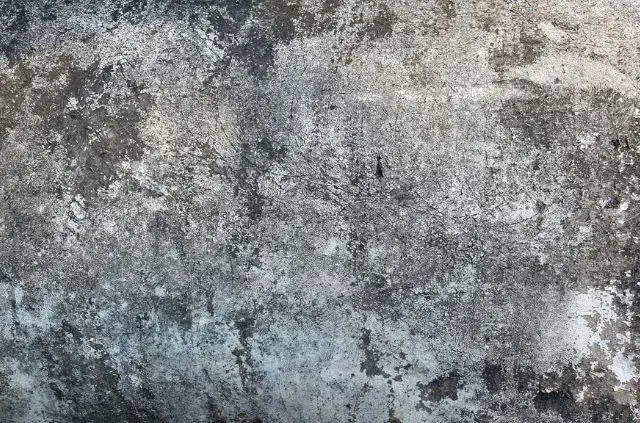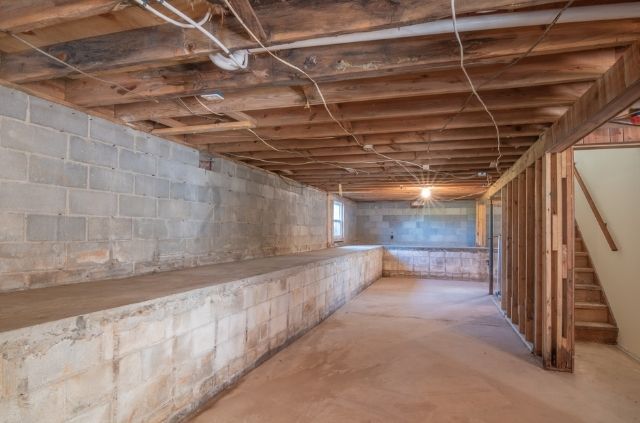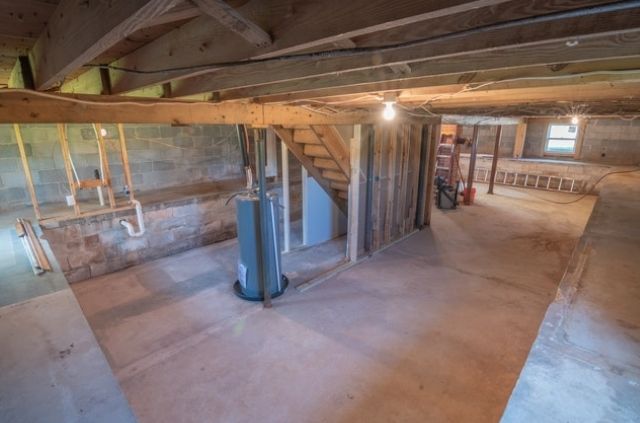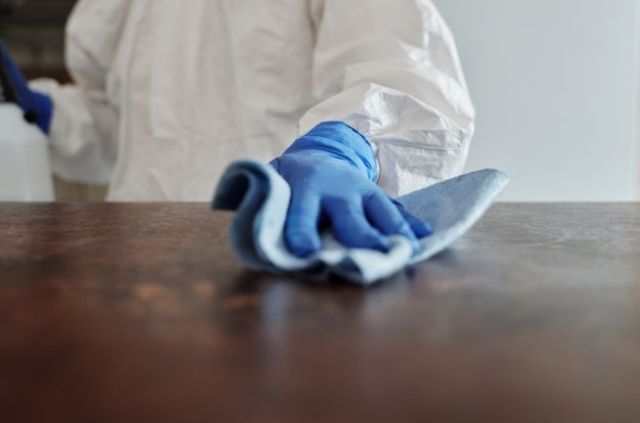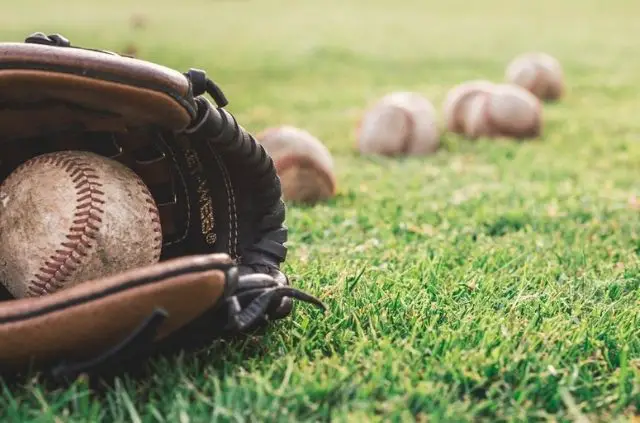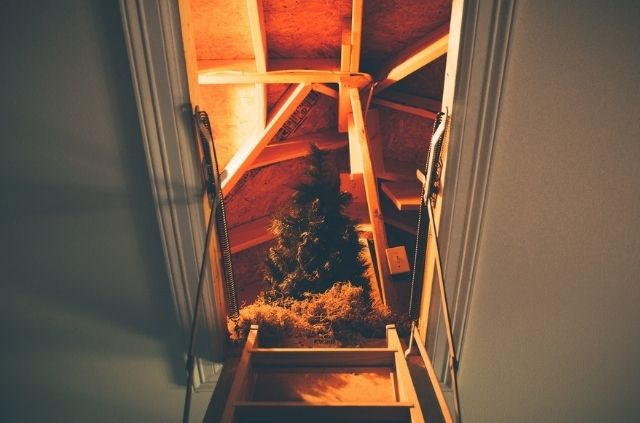How to Kill Black Mold Under Vinyl Flooring
There’s nothing like remodeling your floors in the bathroom or kitchen. This do-it-yourself project can transform the look of any room – but what if you find something hiding underneath the surface?
Mold can be a nightmare discovery when found growing in your house. The good news is, you can safely kill and prevent mold from returning in just a few hours of work.
Be aware that small amounts of mold can be removed in a few steps. But if you’re dealing with a large area of mold (like an entire floor of the house), it’s best to contact a mold remediation specialist to handle the job.
Can Mold Grow Under Vinyl Flooring?
Yes, mold can grow under vinyl flooring when the conditions are suitable for growth. Mold is mostly found under vinyl floors in kitchens, bathrooms, and laundry rooms. These areas have appliances that are connected to a water source. And if there’s a faulty pipe or leaky faucet, mold will start to grow over time from water damage.
Identifying Mold
Even if you’re not a specialist, it’s easy to identify black mold around the house. Look under places like the kitchen sink, or behind the washing machine for a noticeable black substance growing. Black mold will stand out against light colored surfaces. You will be able to see it on the edges of vinyl, without needing to remove a section of the floor.
Removing Black Mold Under Vinyl Flooring
Determining how long it will take to remove black mold will depend on the severity. In the best case scenario, you won’t have to replace any material and will be able to clean the mold by pulling up the edges of the vinyl. But if the conditions are extremely bad the vinyl and even the wood flooring underneath will need to be replaced.
1. Wear Safety Equipment
It’s important to wear the right safety equipment when dealing with mold. Black mold can be a dangerous substance when found in the house, which is why you need to remove it in the first place. You will need a respirator (or face mask), rubber gloves, safety glasses, and a disposable dust protective suit.
All of this gear falls under personal protective equipment and it will keep you safe during the mold removal process. When you’re agitating the mold with a brush, small particles can get in the air and be dangerous to breathe in. You also want to avoid getting any of these mold spores on your skin, which is where a disposable suit can help.
2. Remove the Flooring
Once you have the safety equipment, it’s time to remove the vinyl flooring. Use a utility knife and start at the perimeter of the vinyl. Slowly cut and peel up a small section at a time to assess the damage. If the mold is only at the edges of the vinyl, you can skip to the cleaning stage. If not, you will need to remove the entire floor.
Take the utility knife and cut the vinyl into 12-inch strips. Carefully pull up each section and use a scrapper when you encounter any resistance. You will need to remove this adhesive that holds the vinyl to the plywood floor. For stubborn glue, try using a hammer paired with a chisel in order to chip away the hardened adhesive.
3. Use Vinegar
Vinegar can be a great alternative to bleach when looking remove mold. It has antifungal and antibacterial properties, which makes it strong and safe enough to remove the mold. Bleach is mostly made up of water, which means that it leave moisture behind. Plus, bleach can be harmful to your lungs and skin.
Begin by filling up a spray bottle with undiluted vinegar so you can easily apply it to the vinyl. Liberally spray all sections covered in black mold. Allow 5-10 minutes of dwell time, so the mixture can soak into the substance. You want to use the cleaning solution to coat the mold, so you can keep the mold spores out of the air.
4. Kill the Mold
Once you’ve allowed enough time for the vinegar mixture to dwell, you can remove the mold. Use a hard bristle brush to agitate the mold that was growing under the vinyl. Follow back-and-forth motions to generate friction and attack the mold from all directions. This is the most effective way to penetrate mold deep in the plywood.
For stubborn areas you will need to continue applying the vinegar cleaning solution. Make sure to really coat all areas of the floor, before agitating with the brush. Wipe up any remaining mold with a rag or paper towels, before disposing them in a plastic bag. Don’t leave any cleaning supplies in the area for too long once the mold has been dealt with.
5. Install New Vinyl
Once all of the mold has been dealt with, you can install a fresh layer of vinyl. Make sure your subfloor is level before laying down any new material. You can use a level and sander to fix any areas that are uneven. Try to install the vinyl parallel to the longest wall in the room. This will minimize the need for cutting and make things easier.
The hardest part is figuring out how much material you will need, by calculating the area of the floor. No room is a perfect size, so you will need to do a little bit of cutting. When you have the first row of vinyl flooring down, laying the rest is a breeze. Most vinyl flooring made today comes with interlocking edges, so they snap securely in place.
Find the Source
Cleaning black mold under vinyl flooring is just one part of this project. Once the mold has been killed and removed, you need to find the source of the problem. Most often mold stems from moisture as a result of a broken pipe, or a leak underneath the sink. Even a small amount of water can cause mold to grow.
Combine this moisture with an area in the house like a bathroom. Bathrooms sometimes lack proper ventilation and they don’t always have windows to provide sunlight. As a result, mold can start to grow on the ceiling, walls, and underneath vinyl flooring. Make sure to fix the route of this problem to keep mold out for good.
Conclusion
Hopefully this article has helped you understand that black mold can grow under vinyl flooring. The good news is that this harmful substance can be removed rather easily. All you need to do is remove the flooring, clean the mold, and install new vinyl planks. There are many helpful videos that can walk you through how to install vinyl flooring.
The most important thing to remember is to deal with black mold as soon as you see it. And keep in mind that killing mold is just one step to the problem. You need to be able to identify where the source is coming from, so that you can prevent it from growing back in the future. This will keep your home mold free and your family safe as a result.
Further Reading
Search Terms
- black mold under vinyl flooring
- can mold grow under vinyl flooring?

